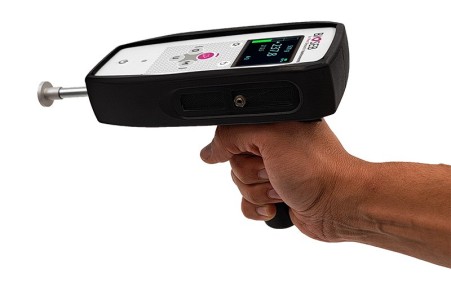Authors
MW Nolan, KL Kelsey, M Enomoto, H Ru, TL Gieger
Lab
Departments of Translational Research in Pain, Comparative Pain Research and Education Centre, North Carolina State University, Raleigh, North North Carolina State University College of Veterinary Medicine Clinical Sciences, 1052 William Moore Drive; Raleigh, NC
Journal
Radiation Research
Abstract
Radiation-induced dermatitis (RID) is a common and painful complication of radiotherapy. When severe, radiation-associated pain (RAP) can reduce the efficacy of radiotherapy by limiting the radiation dose given, and/or necessitating breaks in treatment. Current RAP mitigation strategies are of limited efficacy. Our long-term goal is to develop a comparative oncology model, in which novel analgesic interventions for RAP can be evaluated. The aim of this study was to validate quantitative end points indicative of RAP in pet dogs with subclinical and low-grade RID. Extremity soft tissue sarcomas were treated with post-operative irradiation (54 Gy in 18 fractions). Visual toxicity scores, questionnaire-based pain instruments and objective algometry [mechanical quantitative sensory testing (mQST)], were evaluated regularly. Breed-matched control populations were also evaluated to address the effect of potential confounders. Skin biopsies from within the irradiated field were collected at baseline and after 24 Gy irradiation, for analysis of pain-related genes using the nanoString Counter platform. Relative to control populations, mechanical thresholds decreased in irradiated test subjects as the total radiation dose increased, with the most pronounced effect at the irradiated site. This was accompanied by increased mRNA expression of GFRalpha3, TNFalpha, TRPV2 and TRPV4. In a separate set of dogs with moderate-to-severe RID, serum concentrations of artemin (the ligand for GFRalpha3) were elevated relative to controls (P = 0.015). Progressive reduction in mechanical thresholds, both locally and remotely, indicates widespread somatosensory sensitization during radiation treatment. mQST in pet dogs undergoing radiation treatment represents an innovative tool for preclinical evaluation of novel analgesics.
BIOSEB Instruments Used
Vetalgo: Algometer for Big Mammals (BIO-VETALGO)
Source :

 Pain - Thermal Allodynia / Hyperalgesia
Pain - Thermal Allodynia / Hyperalgesia Pain - Spontaneous Pain - Postural Deficit
Pain - Spontaneous Pain - Postural Deficit Pain - Mechanical Allodynia / Hyperalgesia
Pain - Mechanical Allodynia / Hyperalgesia Learning/Memory - Attention - Addiction
Learning/Memory - Attention - Addiction Physiology & Respiratory Research
Physiology & Respiratory Research











![Dynamic Weight Bearing 2.0 – Postural Module [Add-on]](https://bioseb.com/733-home_default/dynamic-weight-bearing-20-add-on-postural-module.jpg)
























 Pain
Pain Central Nervous System (CNS)
Central Nervous System (CNS) Neurodegeneration
Neurodegeneration Sensory system
Sensory system Motor control
Motor control Mood Disorders
Mood Disorders Other disorders
Other disorders Muscular system
Muscular system Joints
Joints Metabolism
Metabolism Cross-disciplinary subjects
Cross-disciplinary subjects CONFERENCES & MEETINGS
CONFERENCES & MEETINGS 